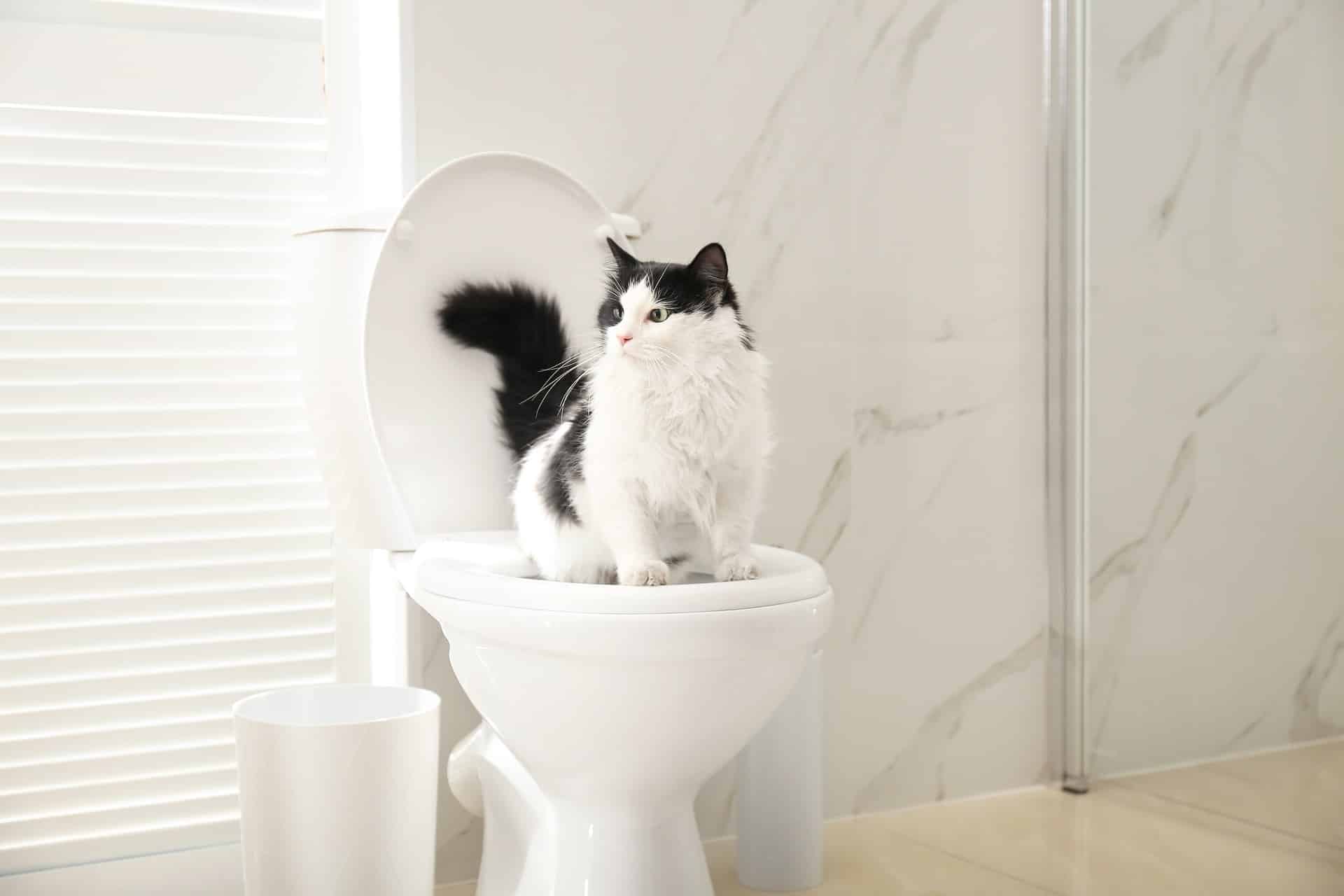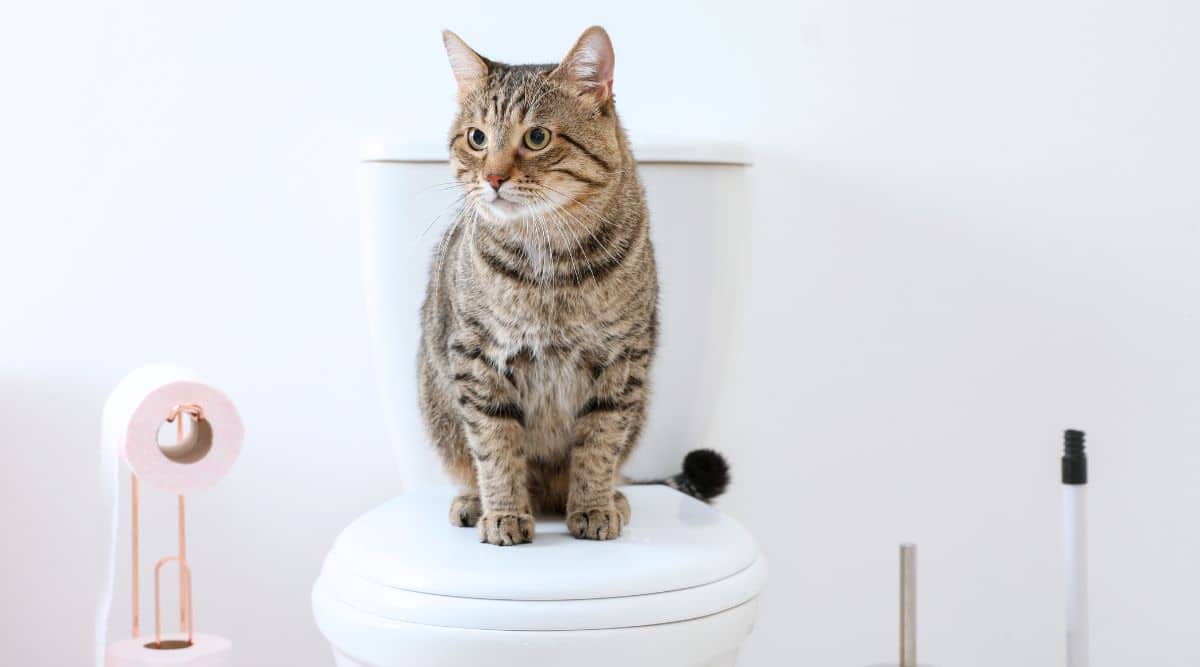An Significance of Not Emptying Animal Waste Down the Toilet
An Significance of Not Emptying Animal Waste Down the Toilet
Blog Article
What're your thoughts concerning Should you flush animal waste down the toilet?

When it pertains to disposing of waste, particularly animal waste, many individuals usually resort to the convenient option of flushing it down the toilet. However, this seemingly easy service can have major consequences for the environment and public health. In this article, we'll check out why flushing pet waste down the bathroom is a negative concept and supply alternate approaches for correct disposal.
Intro
Appropriate waste disposal is critical for preserving environmental sustainability and public health. While it might appear harmless to purge animal waste down the bathroom, it can lead to numerous problems, both for the setting and human wellness.
Threats of flushing animal waste
Ecological impact
Purging animal waste introduces hazardous germs and pathogens into rivers, which can negatively affect marine communities. These pathogens can contaminate water sources and damage aquatic life, interfering with delicate communities.
Public health issues
Pet waste contains hazardous germs such as E. coli and Salmonella, which can posture significant wellness dangers to humans. Flushing animal waste down the toilet can infect water products, bring about the spread of diseases and infections.
Alternatives to flushing
Instead of flushing animal waste down the toilet, there are numerous alternative disposal techniques that are a lot more environmentally friendly and hygienic.
Composting
Composting pet waste is an environment-friendly way to get rid of it. By composting, organic matter is broken down into nutrient-rich dirt, which can be made use of to feed gardens and plants.
Landfill disposal
Throwing away pet waste in a garbage dump is another alternative. While not as environmentally friendly as composting, it is a more secure option to flushing, as it protects against the contamination of water sources.
Pet dog waste disposal systems
There are specific pet garbage disposal systems available that safely and hygienically take care of animal waste. These systems typically make use of enzymes to break down waste and eliminate odors.
Steps to appropriate pet garbage disposal
To ensure appropriate disposal of pet waste, adhere to these actions:
Scooping and bagging waste
Frequently scoop and bag animal waste utilizing eco-friendly bags. This protects against waste from infecting the setting.
Making use of assigned waste containers
Dispose of bagged pet waste in assigned waste bins, such as garden compost containers or land fill containers. Prevent flushing it down the bathroom whatsoever costs.
Cleansing litter boxes and pet dog areas routinely
Routinely tidy can and animal areas here to prevent the build-up of waste and microorganisms. Use pet-safe cleansing products to maintain health.
Benefits of correct disposal techniques
Adopting correct disposal techniques for pet waste offers several advantages:
Lowered environmental pollution
Correct disposal techniques lower the risk of environmental pollution, protecting rivers and environments from contamination
Minimized danger of water contamination.
By staying clear of flushing animal waste down the bathroom, the danger of water contamination is significantly decreased, guarding public health.
Improved sanitation and hygiene
Proper disposal techniques promote much better cleanliness and hygiene, producing a much safer atmosphere for both people and pets.
Verdict
Finally, purging animal waste down the toilet is hazardous to the environment and public health. By adopting different disposal techniques and following correct waste management techniques, we can reduce the negative influence of pet waste and add to a cleaner, healthier earth.
What To Do With Dog Poo – The Do's And Don'ts Of Disposing Of Faeces
Dog poo bins
Some councils provide dedicated dog waste bins in popular dog-walking areas that can take dog poo that has been bagged but you can legally dispose of dog waste in any public litter bin, as long as it is securely bagged. This also applies to your wheelie bin at home.
Do not flush
Water companies do not recommend flushing dog faeces down the toilet because certain parasites can survive the water processing treatment and are potentially harmful to humans. You should also never consider flushing dog poo that has been bagged down the toilet as the bags will not break down and instead create severe blockages in the sewage system.
In the woods
The Forestry Commission promotes a ‘stick and flick’ method for dealing with waste in the woods. This means finding a stick and using it to flick any poo from off the path so that it is out of the way of other walkers. You could also bury it as long as it is not in an area where there might be livestock.
Livestock
Parasites found in dog poo can be transmitted to livestock if they inadvertently eat infected faeces that has been left on grazing land. This could result in the death of sheep or abortion in cattle so you should always make sure you pick up your dog’s waste in fields where livestock could be present.

Routinely tidy can and animal areas here to prevent the build-up of waste and microorganisms. Use pet-safe cleansing products to maintain health.
Benefits of correct disposal techniques
Adopting correct disposal techniques for pet waste offers several advantages:
Lowered environmental pollution
Correct disposal techniques lower the risk of environmental pollution, protecting rivers and environments from contamination
Minimized danger of water contamination.
By staying clear of flushing animal waste down the bathroom, the danger of water contamination is significantly decreased, guarding public health.
Improved sanitation and hygiene
Proper disposal techniques promote much better cleanliness and hygiene, producing a much safer atmosphere for both people and pets.
Verdict
Finally, purging animal waste down the toilet is hazardous to the environment and public health. By adopting different disposal techniques and following correct waste management techniques, we can reduce the negative influence of pet waste and add to a cleaner, healthier earth.
What To Do With Dog Poo – The Do's And Don'ts Of Disposing Of Faeces
Dog poo bins
Some councils provide dedicated dog waste bins in popular dog-walking areas that can take dog poo that has been bagged but you can legally dispose of dog waste in any public litter bin, as long as it is securely bagged. This also applies to your wheelie bin at home.
Do not flush
Water companies do not recommend flushing dog faeces down the toilet because certain parasites can survive the water processing treatment and are potentially harmful to humans. You should also never consider flushing dog poo that has been bagged down the toilet as the bags will not break down and instead create severe blockages in the sewage system.
In the woods
The Forestry Commission promotes a ‘stick and flick’ method for dealing with waste in the woods. This means finding a stick and using it to flick any poo from off the path so that it is out of the way of other walkers. You could also bury it as long as it is not in an area where there might be livestock.
Livestock
Parasites found in dog poo can be transmitted to livestock if they inadvertently eat infected faeces that has been left on grazing land. This could result in the death of sheep or abortion in cattle so you should always make sure you pick up your dog’s waste in fields where livestock could be present.

We were made aware of that article about Can You Flush Dog and Cat Poo Down the Toilet? through a pal on another web blog. If you enjoyed reading our blog entry plz do not forget to pass it around. Thanks so much for taking the time to read it.
Book Report this page